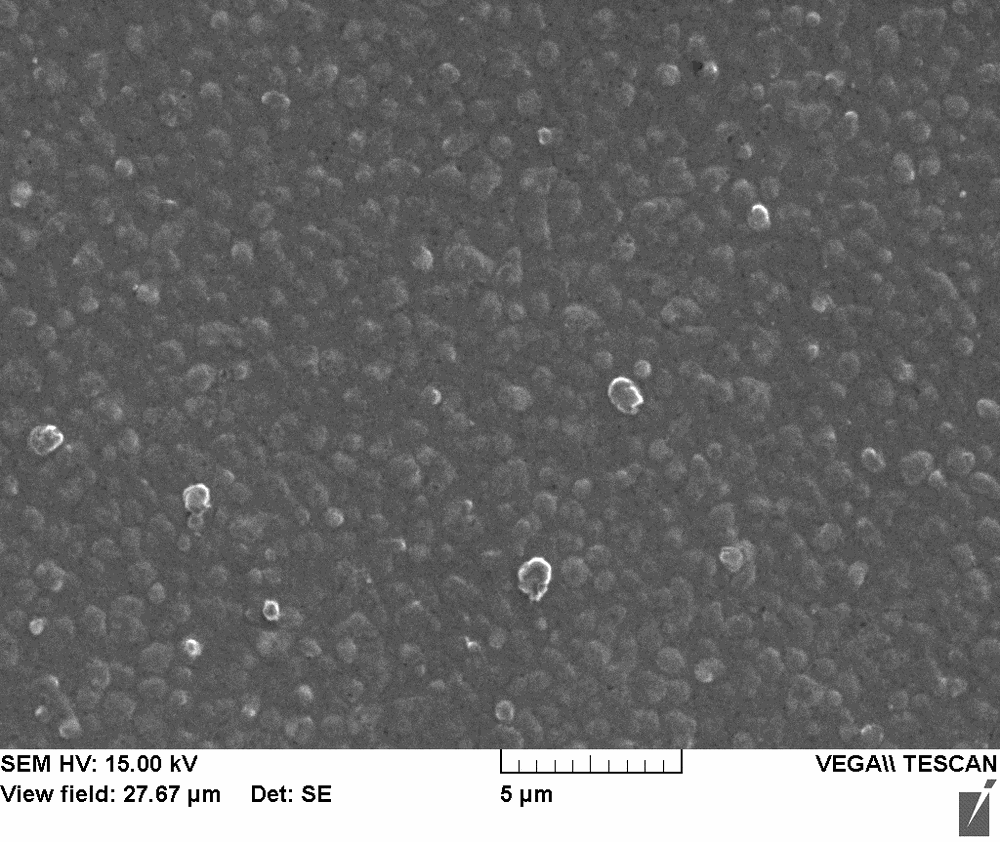Degradation
The degradation group of the MTS department works in a field of materials science and engineering as well as radiation analysis.
The materials used in space industry are tested under the conditions similar to those present in space. The tests are performed by use of the so-called Complex Irradiation Facility (CIF). The facility provides a unique opportunity to expose the samples to combined aging factors, i.e. ultra-high vacuum, electromagnetic radiation with wide wavelength range (from 40 to 2500 nm), as well as corpuscular radiation, i.e. electrons and protons having energies from 1 to 100 keV.
The activities are focused on planning, executing and post-processing of the degradation experiments. The irradiated probes are analyzed in context of their morphological changes, and as demand, also the change of their thermo-optical properties. The obtained data is then used to build first a theoretical- and then numerical- model of the observed aging process. The results are published in peer-reviewed scientific journals.
In context of materials engineering the group can propose a design, i.e. thickness and type, of protective coating on examined materials. The coating can be made by the external partners.
The group is also providing radiation analysis of satellites’ components. For instance the total ionization dose of specific satellite’s parts or a design of dedicated radiation shield can be made.
The latest experimental result is shown in the figure below. The electron-microscope picture shows a metallic surface populated with tiny bubbles (tens on µm in a diameter) filled with hydrogen gas. The gas results from recombination processes of the metal free electrons and protons which hit the probe’s surface. The metalized foils are used for instance in the solar-sail technology, which as a propulsion principle uses a solar light pressure which pushes a large sheet of metallized foil and a payload attached to it. Propulsion efficiency of a sail-craft crucially depends on the thermo-optical properties of sail foil, i.e. any surface properties change which may decrease the foil reflectivity.

